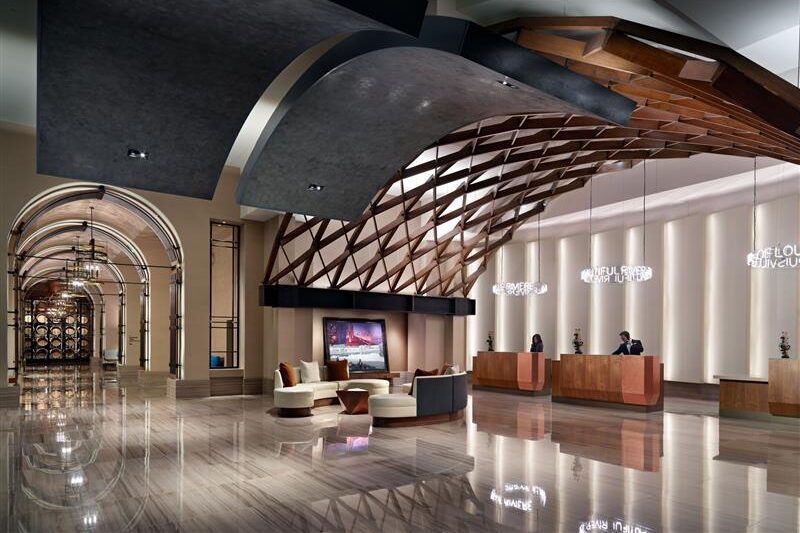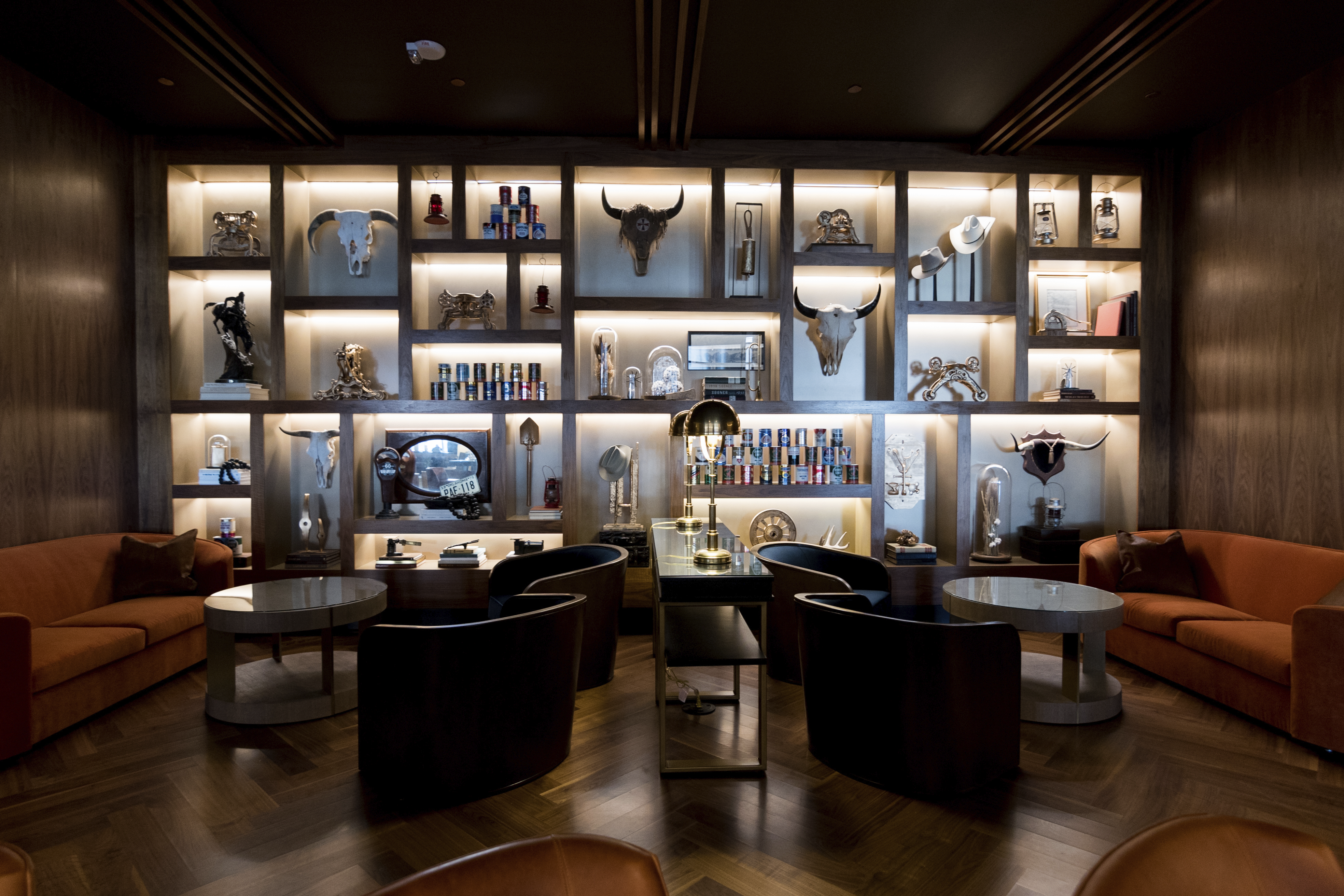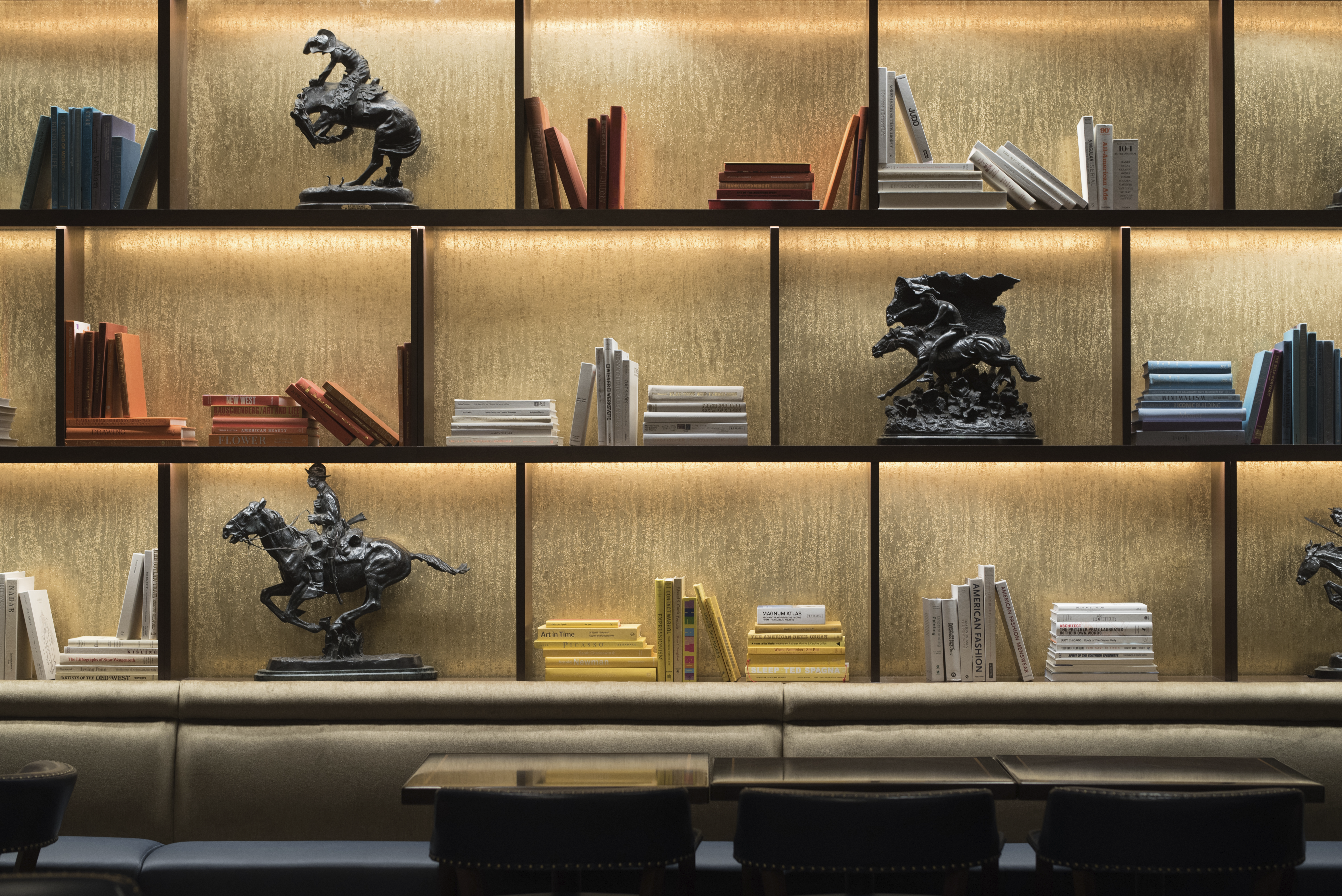How destination-driven storytelling, art integrations, and mattress specs build brand distinction

 Interview with Laura McKoy
Interview with Laura McKoy
Creative Director and Vice President of Interior Design for Omni Hotels & Resorts
Please describe your introduction to hospitality, and what initially drew you to the industry.
Laura McKoy (LM): My college internship was at a hospitality design firm in Washington D.C. that did design work for Marriott. At the time, only six design firms were approved to work for Marriott. I fell in love with hotel design and figuring out how to exceed guests’ expectations.
When considering the brand experience and design for a new Omni property, what specific elements or touchpoints are most critical in your approach?
LM: We work to achieve approachable luxury as we weave in local, unexpected stories of the location. We have two main goals: that the guests feel like they experience the city that the hotel is in (even if they never leave the hotel); and they hear and experience stories through the design that they want to retell to their family, friends, and co-workers. We love that contagious story. Once somebody tells it to you, then you want to tell somebody else that same story. Sometimes, it becomes a game of telephone, and that’s okay too.
We spend a lot of time and research on each destination. In Louisville, for instance, we [looked at] the competitive set, and everybody was telling a derby story about horses. [Instead], we went deep on bourbon. We studied twelve different local bourbons, looking at the color, and infused it into the carpet. We partnered with Copper Vendome who makes bourbon stills on a custom chandelier for the lobby. They had never made a chandelier before. We also created a large art wall of local artists and included their contact information so guests can reach out directly to them.
Often, an art moment lets you know you’ve arrived somewhere. A lot of thought goes into how you want the guest to use the space. You start to design for where you want them to focus their attention and where you don’t.
In Louisville, we have these three huge, dynamic sculptures in the lobby that our guests interact with. They don’t feel like they were made for the lobby, even though they were. Sometimes, it’s important to make it feel like [the artwork] wasn’t exactly curated for the hotel. It all just depends on how you want the guest to feel about the artwork. Do you want them to feel like it was a collection put together over time, or do you want them to feel like it was made exactly for that space?
We’ve also been successful in purchasing art that the artist might already have in their portfolio if it works with the design. Not everything has to be an original commission, but we like to [partner with] the local artist, even if it is a piece they’ve previously painted (or they’ll paint something similar). [We worked with] one artist that did Oklahoma landscapes. They were expensive and we wanted them in the corridors. He let us cut them into six pieces. We framed each individually, and it was very successful. His openness to that idea was great! So, we are always trying to think of things in different ways.
How has your approach to the brand experience and design of Omni properties changed over time?
LM: The design is rooted more than ever in local stories and inspired by the location. Art plays a major role in the design, and we work very hard to use local artists and share their information with our guests.
Our work has also changed a lot in the ability to reach out to the artist or work directly with them through an art consultant, as opposed to when I got out of school and you were going to a catalog (and the hotel next door could pick out the exact same things that you were).
Changes in printing [have made] it so much more accessible. Sometimes, we just go to Etsy and find artists that we like and then connect them with the art consultant. One of our vendors was recently talking about artificial intelligence, and how it’s being incorporated into artwork and wallcovering design. [In their study], the artist created their digital artwork and then they described their own artwork [to the AI] and it produced [artwork in return]. It was super cool to see how they interpret it and how the AI interprets it.
How have the expectations of your guests changed, and what role does brand strategy play in answering these changing expectations?
LM: The guest expectation is higher than when I first started in the industry. Not only does the design need to be beautiful, but also functional.
We just changed our mattress specs. I think our guests are going to be blown away by the new sleep experience. Guests travel with lots of devices that need to be plugged in, and they want easy access to plugs. Everyone is exposed to good design more than ever and thinks they can do it on their own with access to design shows. My quote around the office is, “If most people have it in their home, we are not pushing far enough.” We want to expose guests to designs they have not experienced before.
Typically, once a project is officially approved, we will go and spend a week in that city, trying to see what a guest would expect to see. We’re trying to dive into obscure things and meet with locals. Each [city] provides a different nugget to create that concept for the hotel. In Boston, [it] was the art. Then, it started to dive into the education component to add depth to the story and experience. In Oklahoma, we wanted to tell the story of the pastoral landscape. We met with historians and local artists and had these cloud pieces that were commissioned [as well as] this other local artist that folded paper and made skulls. We try to connect [guests] with the artists via plaques that include their website, and Instagram handles so that it’s more than just hotel art on the wall.
How does brand strategy influence your bottom line in terms of ROI?
LM: With higher-end design elements, we make sure they will last the test of time. The design decisions need to also support the business model. We also study finishes to make sure they will hold up because if they can’t be maintained, it does not create a great experience. We want to make sure our designs are rooted in timeless elements so they will last over time. Our renovation cycles are longer, which is better for our bottom line. Also, there are defensive and offensive capital strategies that we are constantly discussing.
What do you see as the next frontier within the hospitality landscape, and how can an integrated brand strategy respond to this evolution?
LM: I think the next frontier is figuring out how to navigate all of the different brands that continue to be introduced to the market. We are a small, mighty, and nimble brand. If something does not work, we can do something different. We are not making decisions that we are rolling out to hundreds of hotels. We are always thinking about how to do things better because we know we can execute easily.
I also think people want to slow down. [I recently] read this article about how some people want a purposefully un-smart house. How can you disconnect just enough so that you’re enjoying the experience? I think people are craving that right now. With more people working from home when they go on vacation, disconnecting is needed much more.
We’re also working on a huge campaign of unique, on-property experiences. [For example], at Amelia Island, you can go out on a boat where you catch your dinner and you prepare it with the chef, on site. Guests want more than they used to. They want something no one else can do. It’s not just about the room or the hotel; it’s about the entire experience you can have.





